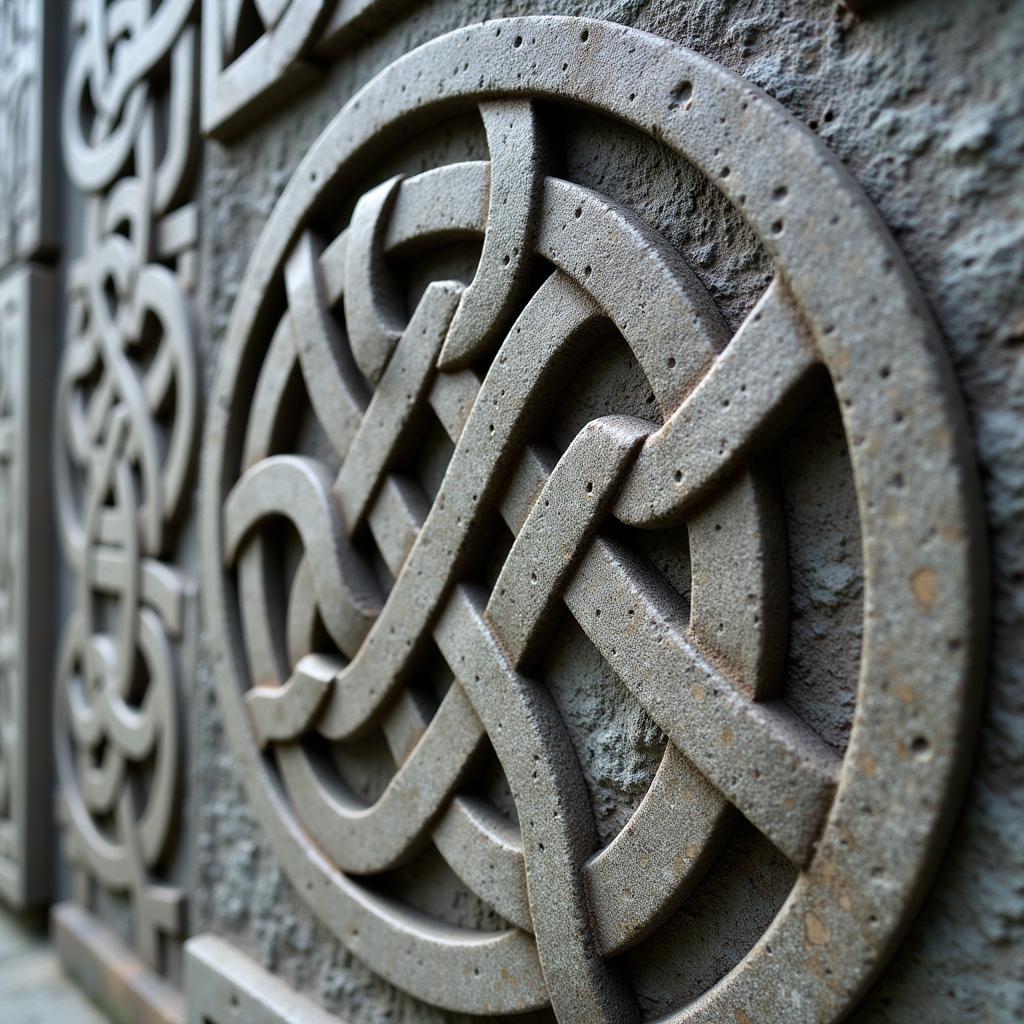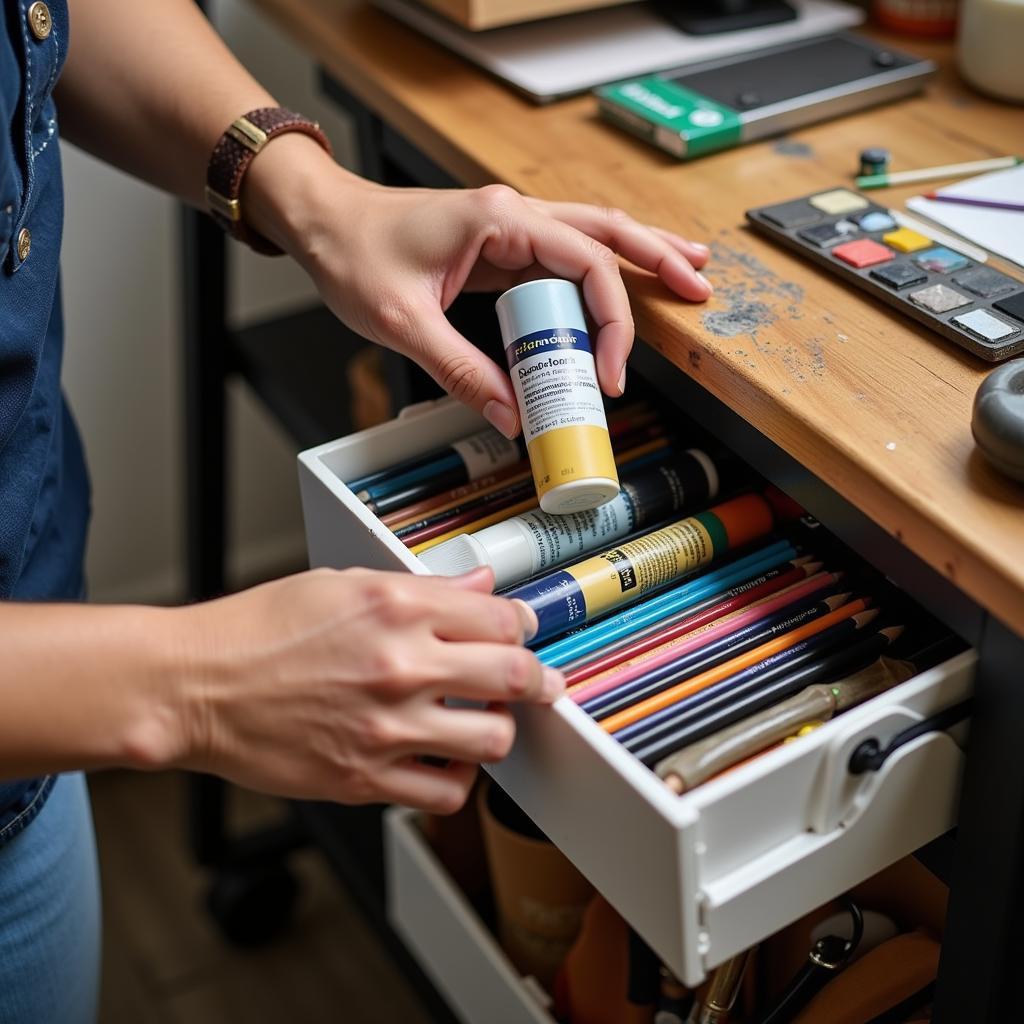Exploring the Timeless Beauty of Bronze Art Sculptures
Bronze Art Sculptures have captivated audiences for centuries, their rich patina and enduring forms whispering stories of artistry and history. From monumental public works to intimate tabletop pieces, these sculptures possess a unique ability to transcend time and connect with viewers on a profound level. This article delves into the fascinating world of bronze sculpture, exploring its history, techniques, and enduring appeal. After reading this, you’ll gain a deeper appreciation for these stunning works of art. Check out this intriguing piece combining different materials: art with wood and metal.
A Journey Through Time: The History of Bronze Sculpture
The earliest known bronze sculptures date back to the 3rd millennium BCE, emerging from ancient civilizations such as Mesopotamia and Egypt. These early works, often depicting deities or rulers, showcased the remarkable skill of early artisans and laid the foundation for a rich artistic tradition. The use of bronze allowed for greater detail and durability compared to earlier materials, paving the way for increasingly complex and expressive sculptures. The ancient Greeks further refined bronze casting techniques, creating masterpieces of realism and dynamism that continue to inspire awe today. Later, the Romans, Renaissance masters, and modern sculptors all embraced bronze as a medium of choice, each era contributing its unique stylistic flair to the ongoing evolution of bronze sculpture.
The Art of Casting: Bringing Bronze Sculptures to Life
Creating a bronze sculpture is a complex and multi-stage process, requiring both artistic vision and technical expertise. It begins with the creation of a model, often in clay or wax, which serves as the basis for the final bronze piece. This model is then used to create a mold, typically made of plaster or ceramic. Molten bronze is carefully poured into the mold, filling every crevice and capturing the intricate details of the original model. Once the bronze has cooled and solidified, the mold is broken away, revealing the raw bronze casting. The final stages involve cleaning, polishing, and applying a patina, which gives the sculpture its characteristic color and finish.
Why Choose Bronze? The Enduring Allure of Bronze Sculptures
What is it about bronze that has made it such a beloved medium for sculpture throughout history? Its durability is undoubtedly a key factor. Bronze sculptures can withstand the test of time, resisting corrosion and weathering far better than many other materials. This permanence makes them ideal for both indoor and outdoor display, allowing them to grace gardens, public squares, and museum halls for generations to come. Beyond its practical advantages, bronze possesses an intrinsic beauty. The warm, earthy tones of the metal, combined with the subtle variations in texture and patina, create a visual richness that is both captivating and timeless. See a beautiful example of textured art: famous art with texture.
What are the different types of bronze sculptures?
Bronze sculptures can range from small, intricate figurines to monumental public art installations. They can be representational, depicting figures and objects from the real world, or abstract, exploring pure form and emotion. Some popular themes in bronze sculpture include mythological figures, animals, portraits, and abstract shapes. The versatility of bronze allows artists to explore a wide range of styles and subject matter, making it a truly dynamic medium.
How to Care for Your Bronze Art Sculptures
Maintaining the beauty of your bronze sculptures requires proper care and attention. Regular dusting with a soft cloth is essential to prevent the buildup of dirt and grime. Avoid using abrasive cleaners or harsh chemicals, as these can damage the delicate patina. For outdoor sculptures, periodic cleaning with a mild soap and water solution may be necessary. Applying a protective wax coating can help preserve the finish and prevent further oxidation. Have a look at this stunning metal horse: metal art horse.
The Future of Bronze Sculpture: Tradition Meets Innovation
While bronze sculpture has a rich history, it continues to evolve and adapt to the contemporary art world. Artists are pushing the boundaries of the medium, experimenting with new techniques, incorporating mixed media, and exploring innovative forms of expression. The future of bronze sculpture promises to be as exciting and dynamic as its past, continuing to inspire and captivate audiences for generations to come. A beautiful example of art nouveau can be seen here: art nouveau lamp woman.
Conclusion: The Enduring Legacy of Bronze Art Sculptures
Bronze art sculptures represent a powerful fusion of art and technology, capturing the essence of human creativity and ingenuity. Their timeless beauty, enduring quality, and versatility ensure their continued relevance in the ever-evolving landscape of art. Whether you’re a seasoned collector or simply appreciate the beauty of fine art, bronze sculptures offer a unique and rewarding experience, connecting us to the past while inspiring us to embrace the future. Perhaps you’d be interested in this hunting art: deer hunting art.
FAQ
- How much do bronze sculptures cost? The price of a bronze sculpture can vary widely depending on the size, complexity, and artist.
- Where can I buy bronze sculptures? Bronze sculptures can be purchased from galleries, auction houses, and online retailers.
- Are bronze sculptures a good investment? High-quality bronze sculptures can appreciate in value over time, making them a potentially sound investment.
- How can I tell if a bronze sculpture is authentic? Look for a signature or foundry mark, and consult with a reputable art dealer or appraiser.
- Can bronze sculptures be repaired? Yes, damaged bronze sculptures can often be repaired by a skilled conservator.
- What is the best way to display a bronze sculpture? Consider the size, style, and lighting when choosing a location to display your bronze sculpture.
- How do I clean a bronze sculpture? Use a soft cloth and avoid abrasive cleaners or harsh chemicals.
Other Questions We’ve Encountered
- What are the most famous bronze sculptures in the world?
- How is the patina on a bronze sculpture created?
- What are the different types of bronze casting techniques?
Further Reading
For more information on bronze sculptures, explore resources like art history books, museum websites, and online art forums.
Contact Us
When you need assistance, please contact us by Phone: 02462573573, Email: danteum@gmail.com Or visit us at: Savico Megamall, 7-9 Đ. Nguyễn Văn Linh, Gia Thụy, Long Biên, Hà Nội 10000, Việt Nam. We have a 24/7 customer service team.


